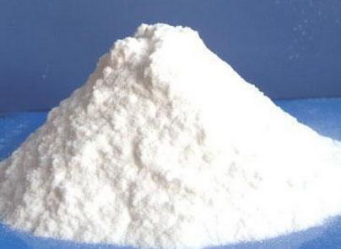Carboxymethyl Cellulose is a carboxymethyl group substituted by cellulose. According to its molecular weight or substitution, it can be completely dissolved or insoluble polymeric, which can be used as a weak acid type cation exchanger to separate neutral or alkaline proteins. Can form high viscosity carboxymethyl cellulose of colloid, solution, adhesion, thickening, flow, emulsifying dispersion, informs, water retention, protective colloid, film forming, acid, salt, clouding resistance and other properties, and physical harm, so in food, medicine, daily chemical, oil, paper making, textile, construction and other fields is widely used in production.
Carboxymethyl cellulose for non-toxic tasteless white flocculent powder, stable performance, easy to dissolve in water, its aqueous solution is neutral or alkaline transparent viscous liquid, soluble in water soluble glue and other resin, insoluble in ethanol and other organic solvents. CMC can be used as binder, thickener, suspension, emulsifier, dispersant, stabilizer, sizing agent, etc.

Carboxymethyl Cellulose
Carboxymethyl Cellulose Cmc,Carboxymethyl Cellulose,High Viscosity Cmc,Ceramic Grade Carboxymethyl Cellulose
Hebei pancan trading co. LTD , https://www.hbpancanshangmao.com